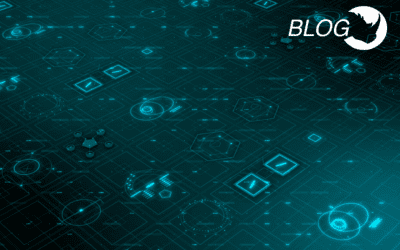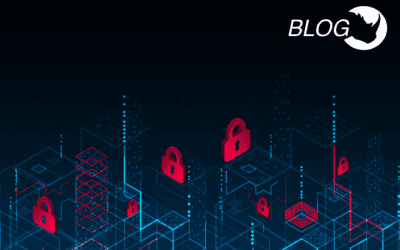Security | Threat Detection | Cyberattacks | DevSecOps | Compliance
Cyberattacks
Popular JavaScript Library ua-parser-js Compromised via Account Takeover
A few hours ago, an npm package with more than 7 million weekly downloads was compromised. It appears an ATO (account takeover) occurred in which the author’s account was hijacked either due to a password leakage or a brute force attempt (GitHub discussion).
US Government warns of BlackMatter ransomware attacks against critical infrastructure
The US Government has issued an alert to organisations about the threat posed by the BlackMatter ransomware group. The government’s Cybersecurity & Infrastructure Security Agency (better known as CISA) issued the advisory earlier this week, following a series of BlackMatter ransomware attacks since July 2021 targeting US critical infrastructure, including two American organisations working in the food and agriculture sector.
5 Ways to Defend Against Supply Chain Cyberattacks
The Colonial Pipeline hack uncovered: FBI- and CISA-recommended security measures
The Colonial Pipeline ransomware attack is potentially one of the worst cyberattacks to have happened this decade. A hacker group known as DarkSide stole nearly 100GB of data from the Colonial Pipeline servers before locking them down and demanding a ransom. Colonial Pipeline, with the assistance of FBI, paid around 5 million dollars to recover its systems. And it didn’t stop there.
Critical National Infrastructure (CNI) Attacks on the Rise: Are We Ready?
When we think about cyberattacks and malicious hackers, we often think in terms of our own personal lives and our own organizations. In my experience in cybersecurity, I often hear people say “Why would hackers target me?
Cyber attacks: the risk your small business can't afford
As we’ve all learned, often the hard way, amazing tech has introduced not-so-amazing risks: viruses, hacks, and leaks, to name a few. A data breach or cyber attack can happen at any moment, to individuals or businesses of any size – and attackers do not discriminate.
Watch out for tenants living off your land
The cyberworld has witnessed and defended against several forms of attacks. Some of the most common ones known to disrupt a network include credential stealing, malware installations, worms and viruses, and insider threats. In order to execute these attacks successfully, attackers often use different tools and techniques. For instance, in a ransomware attack, an attacker may install malicious software to encrypt all the files and folders in your network and demand a ransom to recover the files.
Curate and Share Threat Intelligence to Accelerate Security Operations
Over the last several months we’ve seen a tremendous uptick in cyberattacks. Nearly every day, news of another ransomware, supply chain or zero-day attack makes headline news. So, what can organizations do to mitigate risk? One major step forward to improve security operations is to effectively share curated threat intelligence.
2020 Was the Year of the Phish. Let's Make Sure 2021 Isn't a Sequel
2020 was the year of the phish. Well, not officially. According to the Chinese Zodiac, 2020 was the Year of the Rat. But if you look at it from a cyberattack trends perspective, plenty of third parties reported a huge uptick in phishing attacks during 2020. The SANS 2021 Top New Attacks and Threat Report points to both the Microsoft Digital Defense Report 2020 and the 2021 Data Breach Investigations Report as key sources that validate phishing as the most common initial compromise vector.










